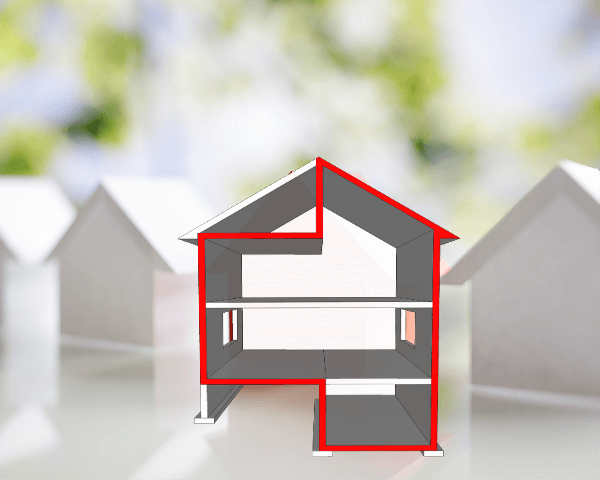Ways architects achieve temperature regulation for buildings through design
Beautiful buildings are a sight to behold, but there’s no sense in having an exquisite build that doesn’t keep its occupants comfortable. The primary purpose of a building is, of course, to be used by people after all. Therefore, temperature control is one of the most crucial aspects of building design. A controlled inner climate can be achieved and supported in part by architectural decisions.
But it’s not a one-design-fits-all scenario. In this article, we’re exploring the different methods deployed by architects to help regulate the internal temperature of a structure.
Tried-and-true tricks
There was a time where temperature control was entirely down to the design of the building. For example, deep overhangs and smaller windows could help reduce the amount of heat gained in a house’s interior. Of course, this wouldn’t work in every climate. Therefore, another commonly-seen element of temperature regulation in buildings comes from the simple exterior — that is, painting the building or roof white in order to reflect light and heat in warmer countries. Some sources suggest this could lower extreme temperatures by up to 2 or 3°C. Could this become more widespread if temperatures continue to rise globally?
A few areas around the world have their own area-specific methods of temperature control too. For example, a large tree close to a building would shade it in the summer and lose its leaves in the winter. But again, this wouldn’t work for all buildings, and certainly not for larger buildings and skyscrapers!
Modern problems for modern buildings
The recent years have seen some wild architectural designs taking root. The bubble-wrap look of the Eden Project’s domes in the UK, the Giant Bookshelf façade of the Kansas City Public Library in the US and The Crooked House in Poland spring to mind when thinking about such strange structures. It seems as if architects are trying to outdo each other when it comes to weird and wonderful modern buildings!
No matter how strange and wonderful these modern designs are, they all share a common problem — the need for adequate ventilation systems. According to Daikin, ventilation can pose a problem in many modern buildings as heightened environmental regulations require the use of elements such as double glazing and airtightness to help reduce the need for heating and cooling processes. This results in a building becoming poorly ventilated with no natural air flow through the structure.
There are many examples of clever solutions to this problem though. At the M by Montcalm Shoreditch London Tech City hotel, for example, the problem was addressed by having a central air conditioning unit feeding ducted fan coil units, with the return flow via bathroom vents for the guest rooms. In public areas, a number of Daikin Heat Reclaim Ventilation Units are used to provide fresh air, balance temperature, and maintain humidity levels.
Towering over us
Temperature regulation is a hefty demand in supertall skyscrapers. In layman’s terms, it wouldn’t be efficient to have the temperature control system start at the bottom and work its way up, nor start at the top and work its way down — in either scenario, one area is left under-serviced.
So, how do architects circumvent the matter? Industry Tap comments that the general plan for dealing with supertall structures is to think of the building as being divided into zones, which are then divided further into stories. Each of these zones would then have its own system, which is responsible for controlling the temperature for just that section.
How global warming plays its part
We all learnt the benefits and necessity of comfortable indoor temperatures during last year’s heatwave! The UK saw temperatures hitting highs of 35°C, with the top temperature recorded in Heathrow on 27th July, and over in Japan, Kumagaya sweltered in 41°C temperatures on 16th July. In order to continue to build around the need for temperature regulation, our architects need to adapt their designs to suit.
With the world set to get ever warmer, what new methods with architect deploy to design around the fact? Comfort will always be a priority, and as seen above, there are plenty of options being explored and developed upon, both old and new.
Sources:
Ways architects achieve temperature regulation for buildings through design


